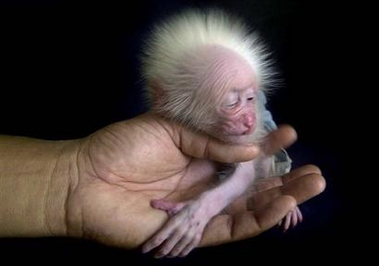Facts About Stump-tailed (Bear) Macaque
The stump-tailed macaque, also known as the bear macaque, is a captivating primate native to South Asia, particularly India. These monkeys have a varied diet that includes fruits, vegetation, freshwater crabs, frogs, bird eggs, and insects.
Physically, stump-tailed macaques are easily identifiable. They possess long, thick, dark brown fur and a hairless face, with their notably short tails contributing to their name. Males are generally larger than females and have prominent canine teeth, which they use to assert dominance within their social groups.
These Old World monkeys flourish in subtropical and tropical broadleaf evergreen forests, which provide ample rainfall. They rely heavily on rainforests for both food and shelter. Thanks to their thick fur, they can also endure colder climates.
Stump-tailed macaques are distributed across a range of countries, including India, China, Malaysia, Myanmar (Burma), Thailand, Laos, Cambodia, and Vietnam. Notably, there have also been efforts to introduce them to new regions, such as Mexico.
In terms of reproduction, female stump-tailed macaques experience two mating seasons annually—one in the summer and another in the fall. This seasonal pattern is associated with increased levels of steroid sex hormones during these times.
Most of what we know about these macaques comes from studies on introduced populations and those in captivity, as long-term research on wild populations remains quite limited.

 Cambodia
Cambodia